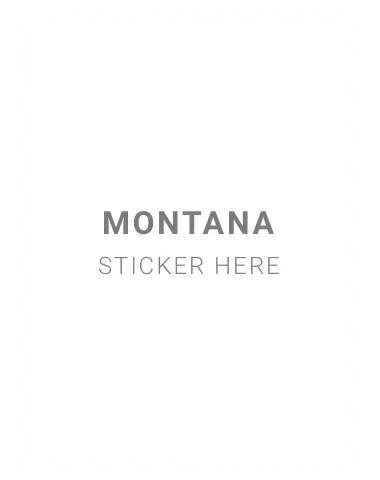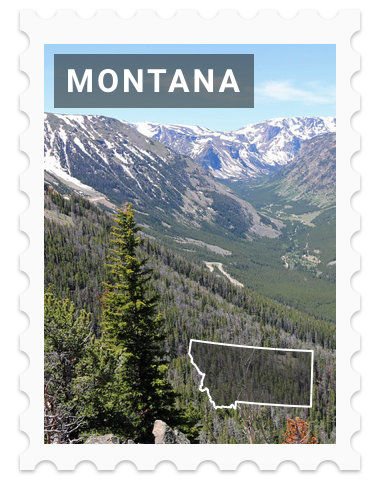Montana
Discover Montana

Capital
Helena
Statehood
November 8, 1889
Montana's history begins with the indigenous peoples who have inhabited this land for thousands of years. The Blackfeet, Cheyenne, Crow, and Salish, among others, have left their mark on the state's history and culture. Their deep connection to the land is a testament to the enduring spirit of Montana.
In the early 19th century, European explorers and fur trappers arrived, drawn by the promise of riches. Lewis and Clark, the famous American explorers, embarked on their epic journey through Montana, forging a path that would later become part of the Oregon Trail. These pioneers encountered a land teeming with wildlife, pristine rivers, and towering mountains.
The mid-1800s brought the gold rush, as prospectors flooded into Montana's mountains in search of precious metals. The town of Bannack, now a ghost town, once thrived as a gold mining hub. Virginia City, another gold rush town, retains its historic charm, allowing visitors to step back in time.
Montana's history is also deeply rooted in the struggles and triumphs of the American West. The Battle of Little Bighorn, where General Custer and the U.S. Army faced off against the Lakota and Cheyenne tribes, is a poignant chapter in the state's past. Today, the Little Bighorn Battlefield National Monument serves as a place of remembrance.
When exploring Montana, you should be sure to visit Glacier National Park, a wilderness of snow-capped peaks, pristine lakes, and glaciers that have sculpted the landscape over millennia. The Going-to-the-Sun Road is a scenic marvel, offering breathtaking vistas. And don't miss the historic town of Butte, once a copper mining powerhouse, where you can delve into Montana's industrial heritage.
Source ChatGPT
Major Airports
Billings Logan International Airport

Elevation
1,113 m
Opened
1928
Runways
3
Bozeman Yellowstone International Airport

Elevation
1,363 m
Opened
1947
Runways
4





